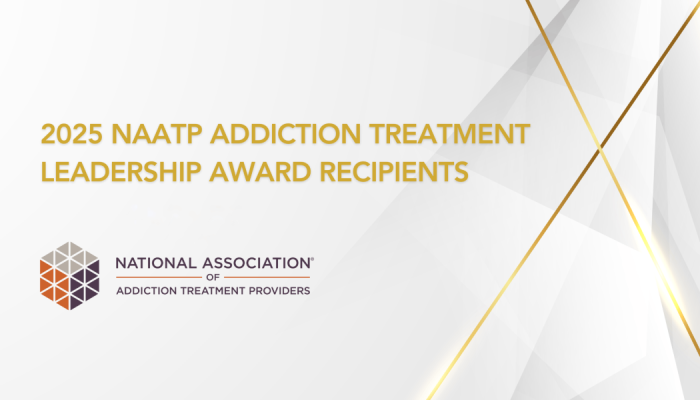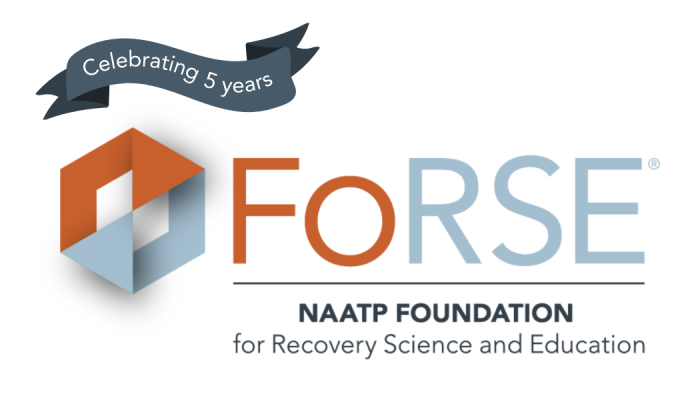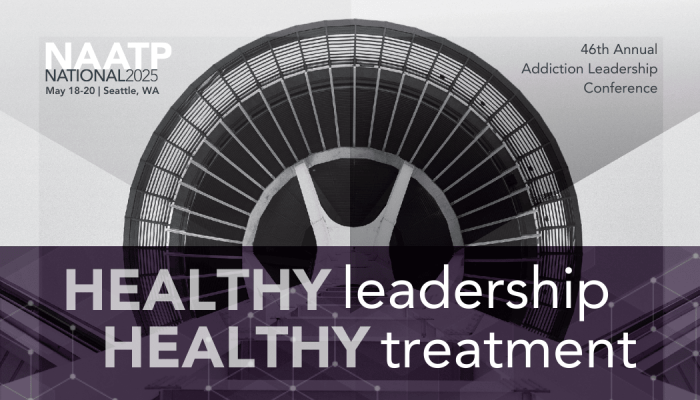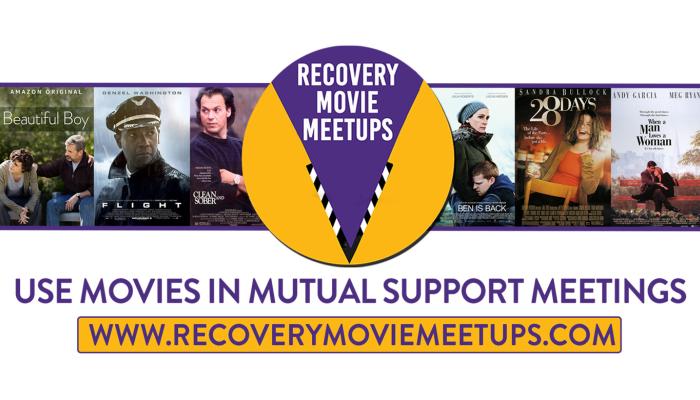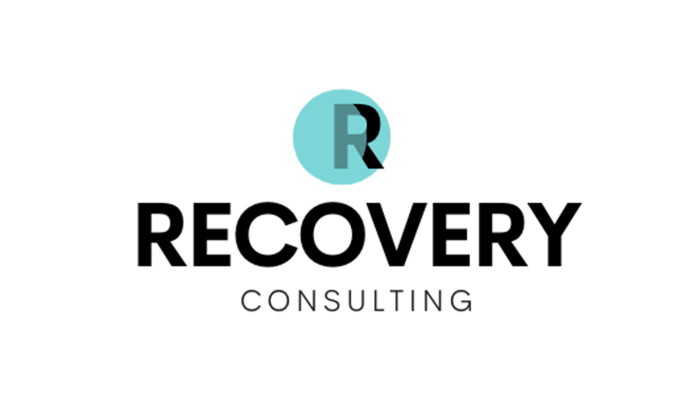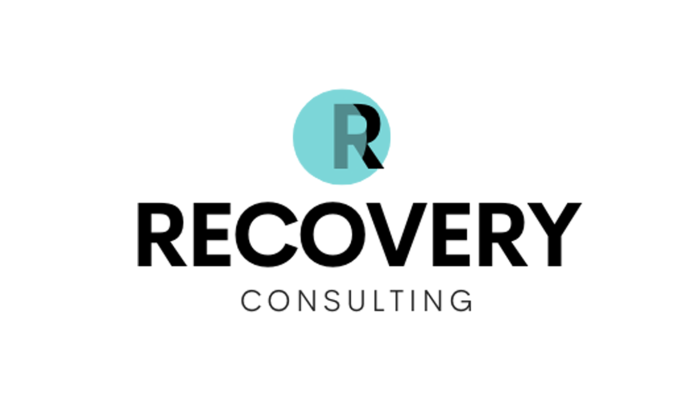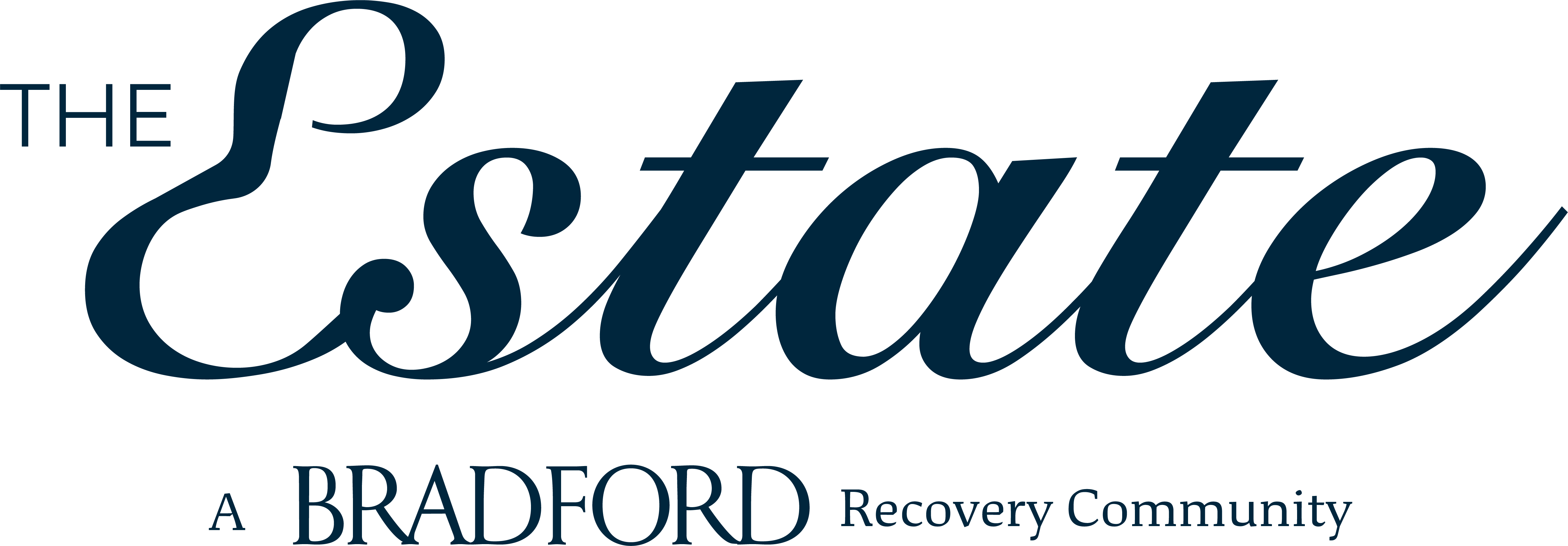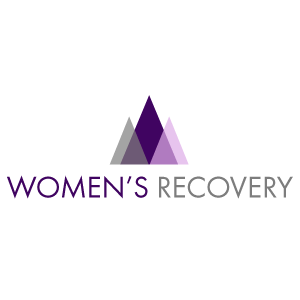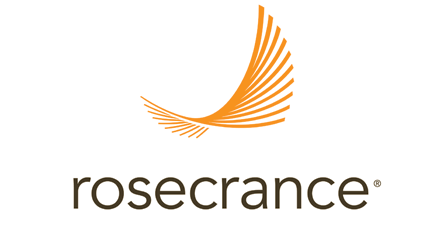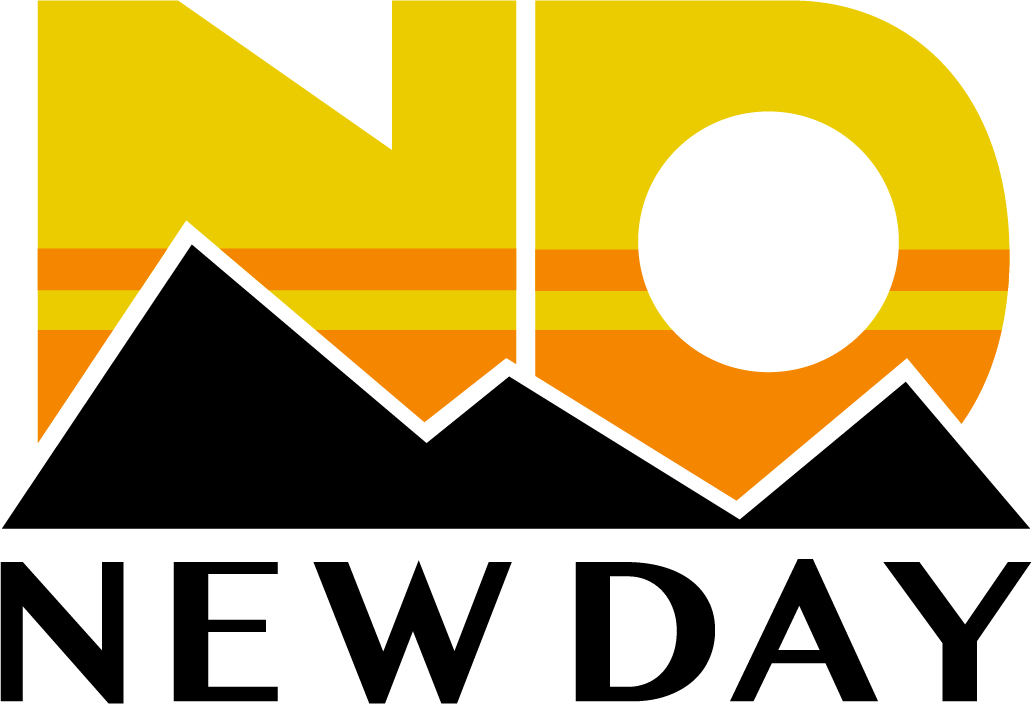Mar 7, 2024
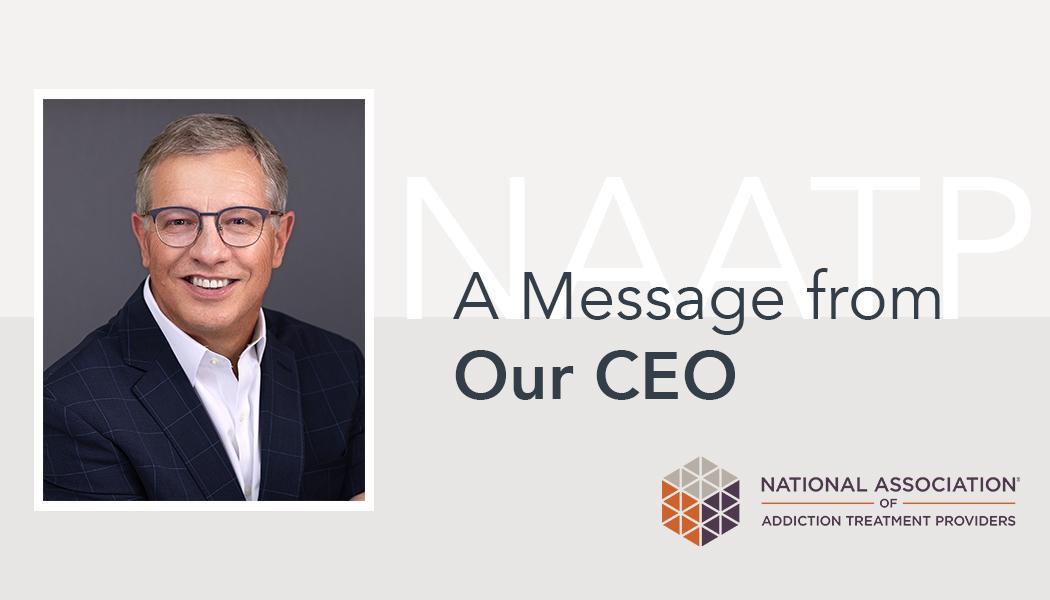
NAATP Directors Hold Winter Meeting to Address Member Pain Points
Our field requires unified leadership. Providers face greater operating challenges today than ever before. Our country’s long existing addiction crisis was dramatically worsened by the opioid epidemic and then catastrophized by the pandemic. We have never seen so many patients so sick and in need of our care.
Research indicates that individuals meeting the criteria for a substance use disorder rose from pre-pandemic estimates to over 48 million in 2022. Drug overdose deaths are estimated at over 110,000 annually, and deaths due to alcohol use number 500 people per day. This is compounded by the co-occurrence of additional behavioral health issues rising, and the nexus of SUD and suicide is undeniable. Over 50,000 Americans died by suicide in 2023. Our work is cut out for us.
NAATP members are the best treatment providers in the country and have always been up to the task. Still, when faced with heightened workforce issues, continued, if not worsened, parity violations and reimbursement hurdles, and a resurgence of unethical marketing practices, it is too much for even the best providers to manage alone. Rather, successful operation requires a community of providers who together, develop and share best practices and advocate for systemic changes, held together by seasoned and committed leadership.
For six decades that leadership has come from the National Association of Addiction Treatment Providers (NAATP). This week the governing body of NAATP, its national Board of Directors, met in Seattle, hosted by Washington state NAATP Board Member programs Lakeside-Milam Recovery Centers and Sundown M Ranch, to examine and develop our strategies to meet the demands of the day.
There are no silver bullets to solve the addiction crisis and it is a mistake to think that the answers are simple or singular. Yet we know that treatment works when delivered appropriately with multifaceted treatment for a multifaceted disease.
There are no silver bullets to solve the addiction crisis and it is a mistake to think that the answers are simple or singular. Yet we know that treatment works when delivered appropriately with multifaceted treatment for a multifaceted disease. Neither the opioid crisis nor the pandemic changed the fact that we treat a biological, psychological, social, and spiritual disease, and we must use all available tools in this process. This includes MAT and harm reduction strategies because we must keep people alive. Indeed, we must meet people where we find them, but that does not mean we need to leave them there! To focus too narrowly on one dynamic at the expense of the others is to take Recovery out of focus. Among the findings of our meetings is the objective to develop a better national dialogue that does not approach national policy as a binary choice between medicine and psychosocial therapies but rather as a “yes, and.”
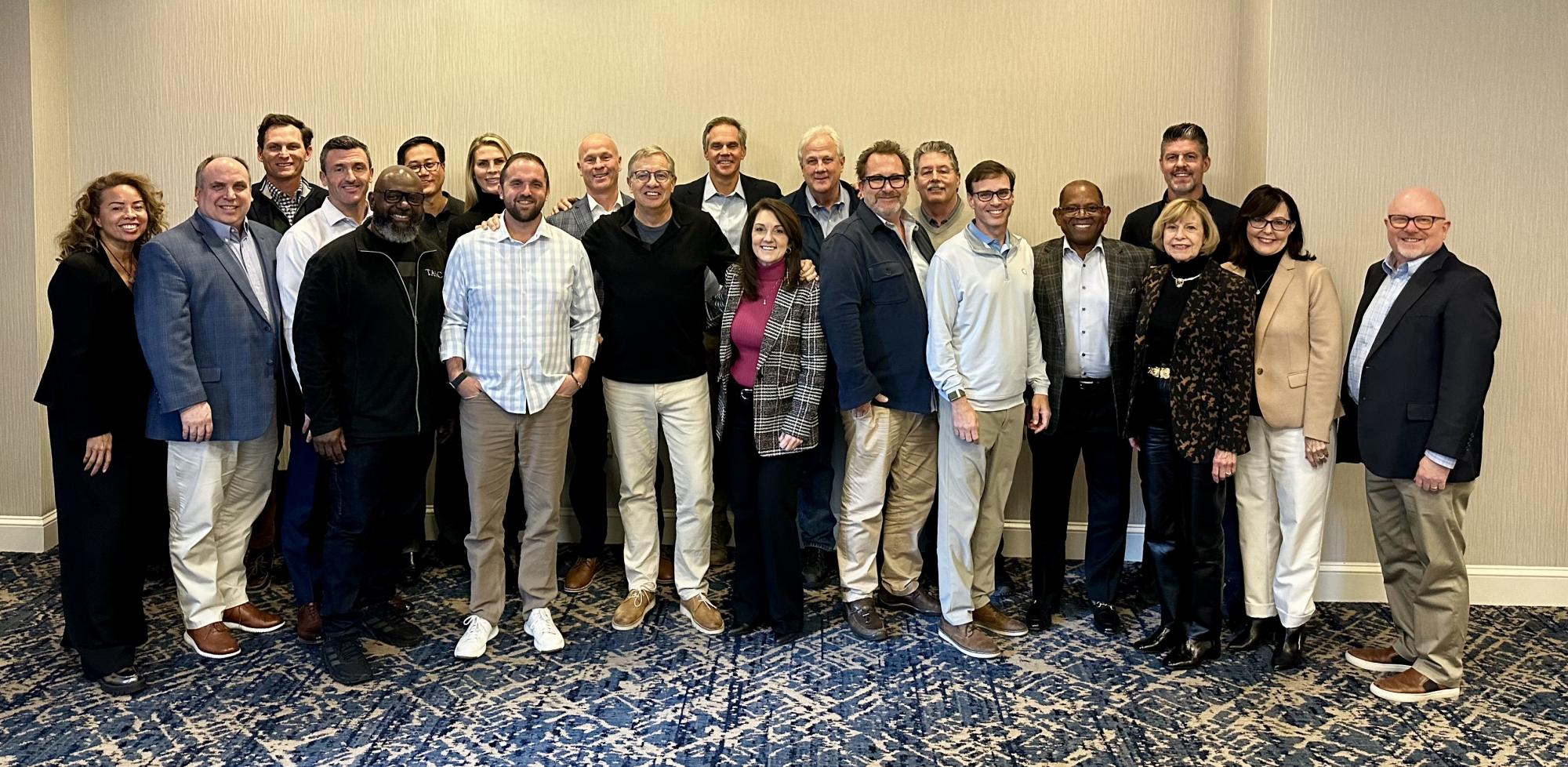 The NAATP Board of Directors, Seattle Winter Meeting 2024
The NAATP Board of Directors, Seattle Winter Meeting 2024
As CEO of NAATP, I am grateful for the dedicated national leadership that comprises our board and supports our staff. These are among the best minds in our field, and they serve without compensation and with the field at large, not their individual interests, at the forefront. NAATP board members come exclusively from our membership and are elected by our membership. They are largely the chief executives of treatment programs, and they represent programs along the continuum from OP to residential and beyond. NAATP represents programs ranging in size from $3 million in annual revenue to well in excess of $250 million and our country needs them all.
Indeed, we must meet people where we find them, but that does not mean we need to leave them there!
As a professional membership society and trade association, NAATP exists to serve its membership, and we do this in myriad ways ranging from operations resources, to federal and state law and policy advocacy, to education and training, to ethics enforcement and research through the Foundation for Recovery Science and Education (FoRSE). When a provider becomes an NAATP member they join 1000 operations and many thousands of treatment staff in forming the national community with a strengthened and unified voice. That voice has been indispensable in passing parity law, ensuring SUD as an essential healthcare benefit, Medicaid expansion, Medicare coverage for addiction, passing and reauthorizing the CARES Act, and requiring the transparency of payer reimbursement rates.
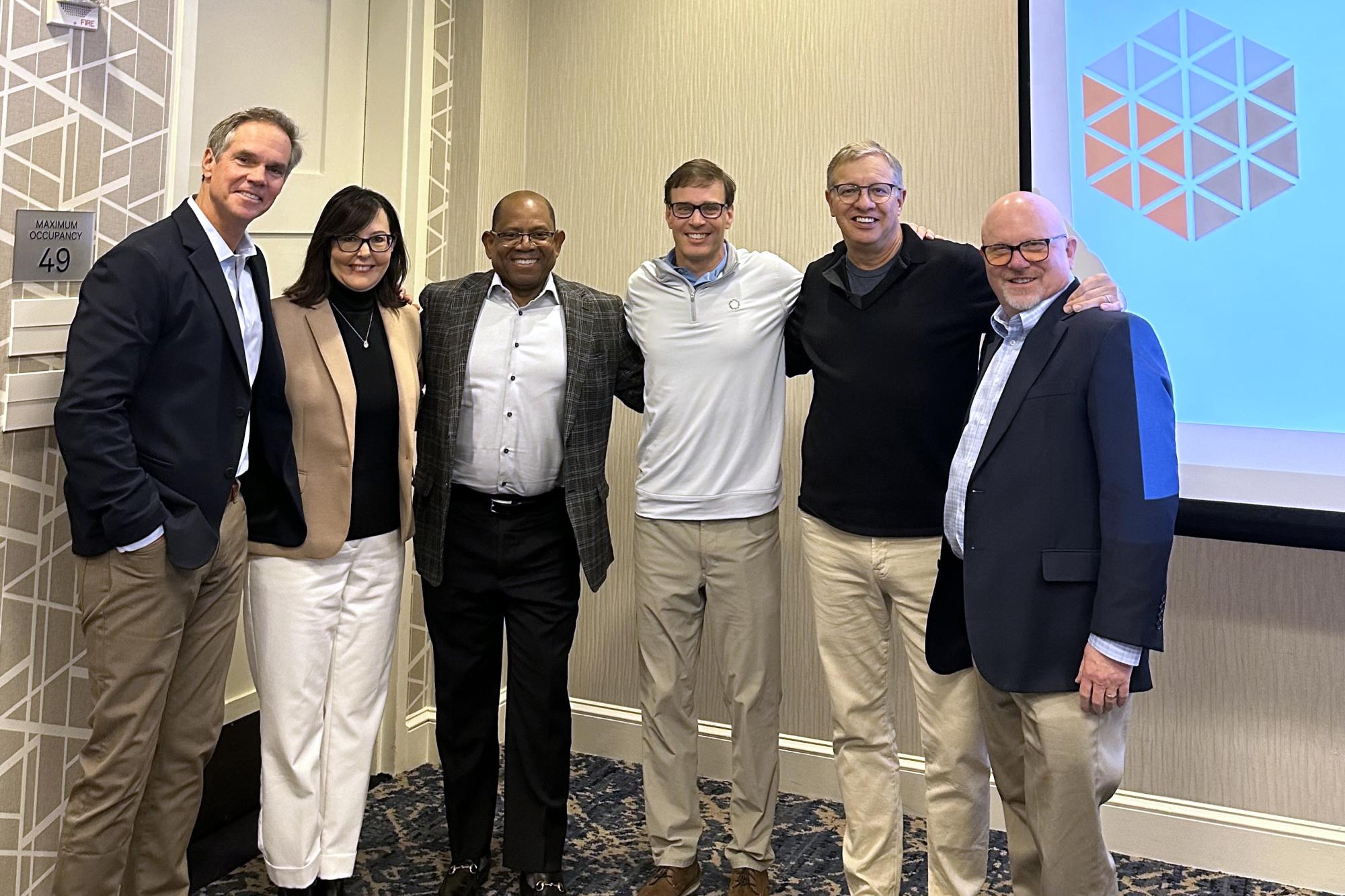 In the picture, from left to right, are: Former Board Chair Bobby Ferguson (CEO & Founder, Jaywalker Lodge), Vice Chair Jaime Vinck (CEO, Recovery Ways), Treasurer Rick Hubbard (Executive VP, Constellation Behavioral Health), Secretary Greg Hobelmann (Co-CEO, Ashley Addiction Treatment Center), NAATP CEO Marvin Ventrell, and Board Chair Jay Crosson (CEO, Cumberland Heights).
In the picture, from left to right, are: Former Board Chair Bobby Ferguson (CEO & Founder, Jaywalker Lodge), Vice Chair Jaime Vinck (CEO, Recovery Ways), Treasurer Rick Hubbard (Executive VP, Constellation Behavioral Health), Secretary Greg Hobelmann (Co-CEO, Ashley Addiction Treatment Center), NAATP CEO Marvin Ventrell, and Board Chair Jay Crosson (CEO, Cumberland Heights).
At NAATP we believe in our work, and we believe in the community that comprises our membership. We also believe that NAATP is the one place where the best providers can be found - providers who combine values and quality to produce the best treatment. It means something to qualify for membership in NAATP, to be included in the Addiction Industry Directory (The AID), and to use the NAATP seal, and not just because of SEO marketing exposure but because it demonstrates you are among our country’s practice and thought leadership.
Our next leadership gathering will be in Denver this May as we convene the full national community for NAATP’s 45th National Addiction Treatment Leadership Conference, aptly themed: Innovative Leadership. We hope to see you then.
Marvin Ventrell
NAATP CEO
If you are not an NAATP Member, member qualifications and applications are found at: NAATP Membership.





